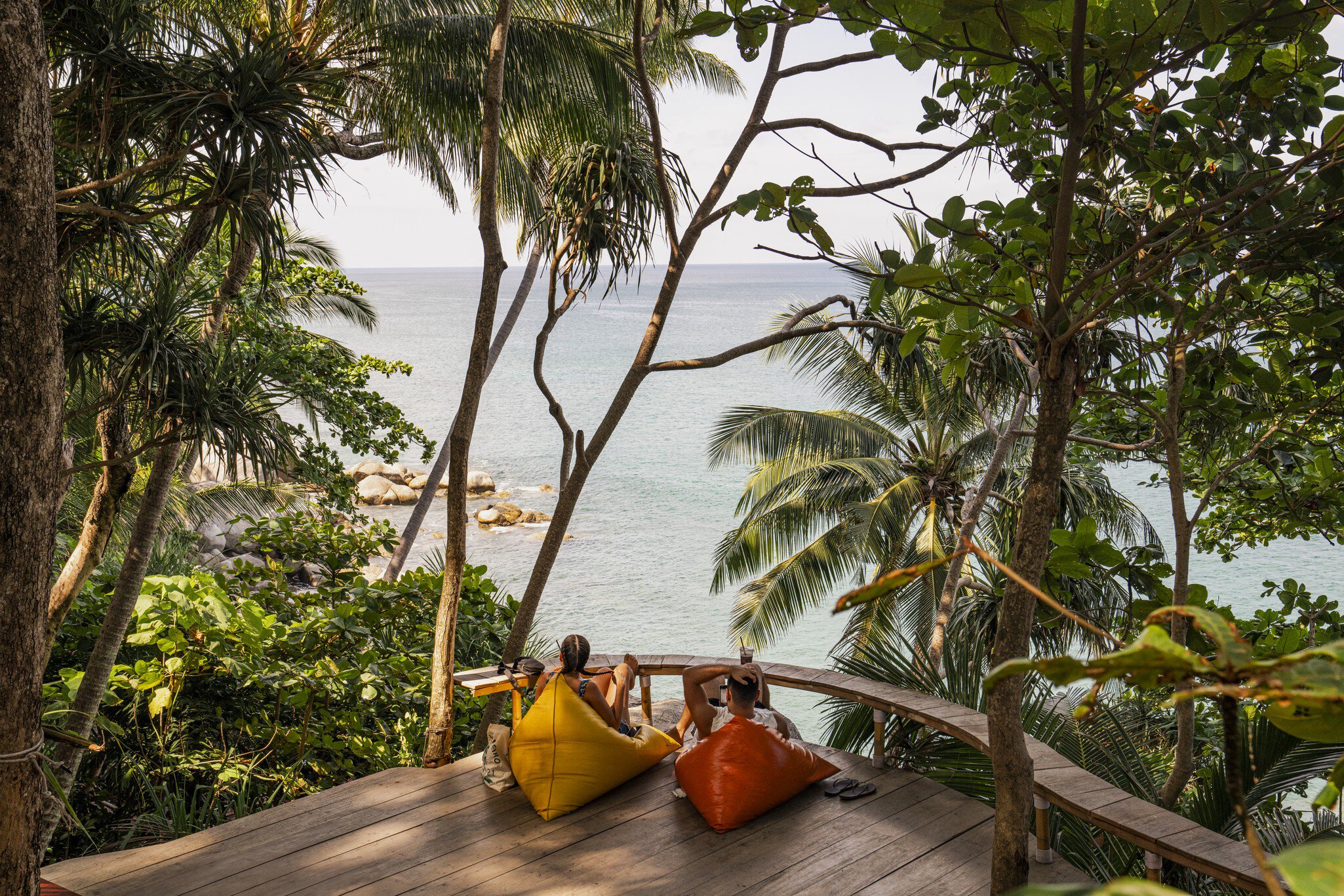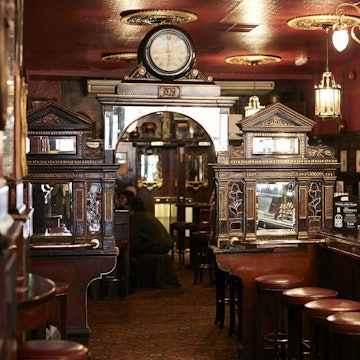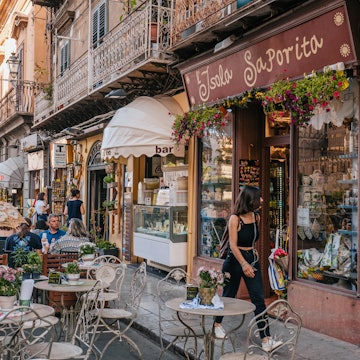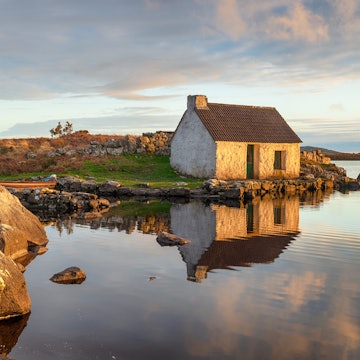

The trail up to Loughcrew Cairns, the Boyne Valley. Amy Lynch/Lonely Planet
The Boyne Valley in Meath, an hour northwest of Dublin’s city center, is an undulating green wonderland, with ruins dotted seemingly around every corner. It is also massively under-visited, as most visitors head immediately to the west coast, straight up north to Belfast or begin a coastal drive south. But, as I discovered recently, there’s a lot in this historic, scenic, culturally-rich region to see, do and taste. And while the quiet is part of its charm, I think it deserves more visitors. Experience everything the Boyne Valley has to offer with this itinerary for a long weekend.

When to arrive: There’s so much to see and explore in the Boyne Valley that you’ll want to arrive early to get the most out of your time. It will be busier in the height of summer, but never gets overly crowded, and the spring and autumn shoulder seasons will also be fantastic. Some attractions won’t be open during the winter months, and, if they are open, they’ll be unpleasant to explore in the cold and rain.
How to get from the airport: There are public buses available from Dublin airport to Drogheda, Navan or Trim, all of which work as bases for exploring the region. Otherwise, a rental car will get you there within an hour.
Getting around town: There are tours aplenty to take you around the main attractions in the Boyne Valley, such as bus tours run by Mary Gibbons. If you’re in a group looking for smaller, more intimate tours. The luxury chauffeur service Transfer Me is also available. Otherwise your best bet is to rent your own car – many of the areas you’ll want to visit are deep down rural roads and won’t be accessible by public transport.
Where to stay: There are a few different towns from which you could base your Boyne Valley adventures. Dunboyne Castle Hotel, a luxurious spa hotel just on the edge of Dunboyne town is a high-end choice with a great restaurant. The more mid-range Conyngham Arms is an 18th-century coaching inn in Slane with a beautiful garden. And Rock Farm, also in Slane, is a more affordable option, with yurts and huts on an organic farm along the River Boyne.
What to pack: Bring good walking or hiking boots: Brú na Bóinne involves some walking in the outdoors, and the Loughcrew Cairns require a short hike to access. Depending on weather conditions, the ground can be boggy. A rain jacket is always a good idea, as is SPF; the sites are up on hills that are exposed on rainy and warm days.
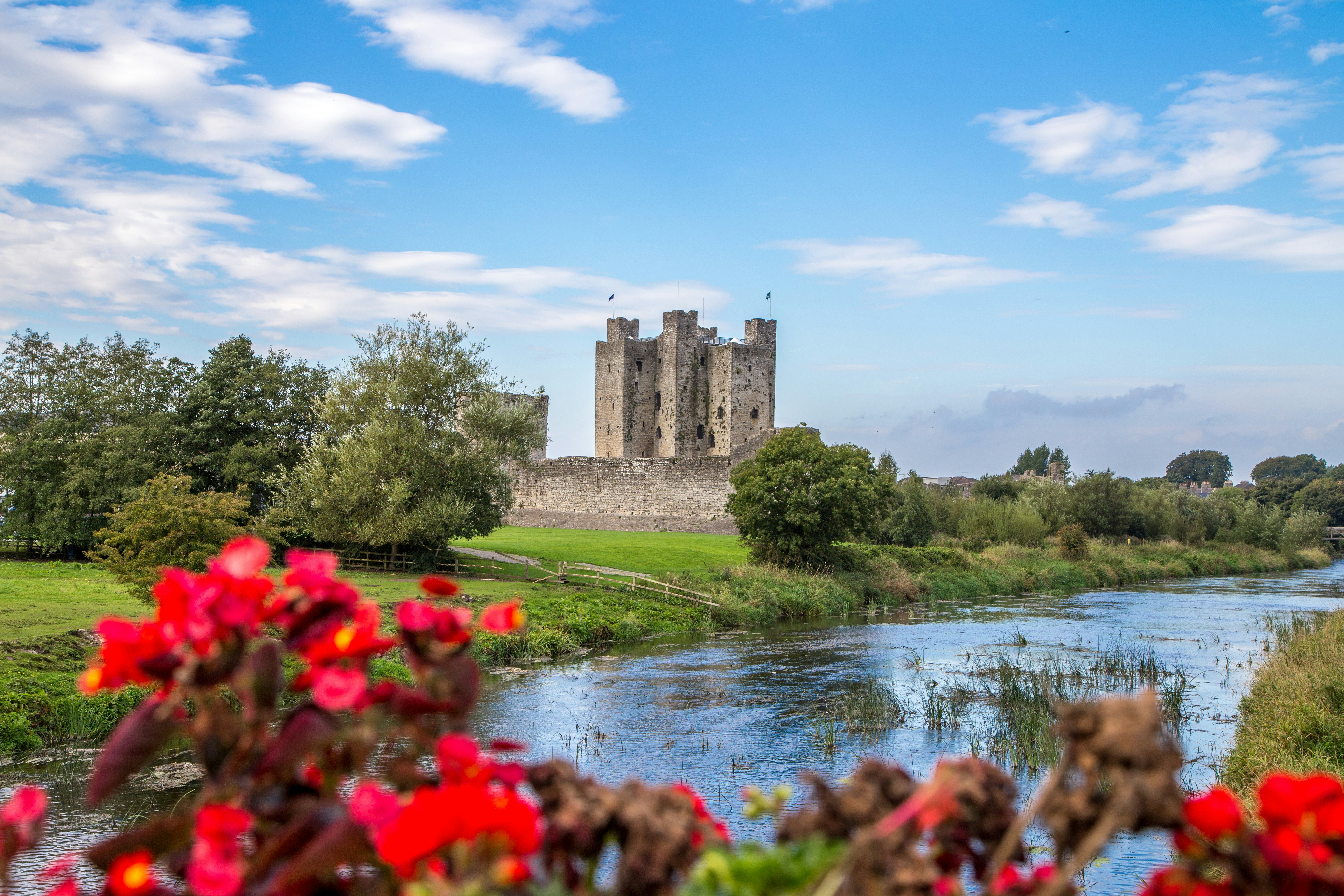
Day 1
Morning
Start your adventures in the Boyne Valley by fuelling up at the excellent Stonewall Coffee in Trim. A newcomer to the locale, it’s got excellent food in big portions in its modern, bright space. The avocado toast with poached eggs was bursting with flavor and fresh ingredients, and the coffee is top tier. It’s also directly across the road from Trim Castle, so grab a coffee to go and take a look at the Anglo-Norman wonder, which you might recognize from its cameo in the 1995-movie Braveheart.
How to spend the day
No one should visit the Boyne Valley without making an afternoon’s excursion to Brú na Bóinne (or Boyne Valley tombs). This complex of ancient tombs built over 5000 years ago – making them older than the Egyptian pyramids – is decorated with megalithic art. The site is a fascinating and atmospheric glimpse into Ireland’s ancient societies. You will start off in the slick, modern, informative visitors center, then be taken by bus on an organized and well-paced tour between the passage tomb sites. The visitors center provides plenty of detail on the history of the site and the area; the excavations undertaken to discover the passage tombs; and an immersive visual and sound experience.

The tour then takes you on the bus to Knowth, the age of which is hard to fathom. We don’t know much about the reasons for the tombs, except that they were likely for the high members of society, and they were built with the utmost precision. At the main tomb in Knowth, the entrance stones at the east and west entrances have a line down the middle and a standing stone in front of them. At spring and autumn equinox the standing stone lines up with the center line of the kerbstone. It’s very precise and very deliberate, and an intriguing aspect of the site. You can’t help but wonder at the knowledge and diligence it would take to master such a thing without any modern tools. This is not to mention the building of the tombs in the first place: the stones came from areas miles away, probably transported to the site via raft on the River Boyne, then rolled up the hill to the site using logs.
Newgrange, the most famous of the passage tombs, is the next stop. On a wonderful vantage point surrounded by gentle hills filled with sheep, the site consists of one big tomb, and is also the only one that allows you to go inside. Covered in light-reflecting quartz on the outside, there’s a narrow passage to the interior tomb; anyone who experiences claustrophobia might want to wait outside. The tomb itself consists of a cross-shaped chamber with an intricate corbelled roof, so well constructed that even now rain doesn’t get into the chamber. While in the tomb the tour guide will show you, with the aid of a big lamp, how the chamber lights up on the winter solstice every year, as the sun drops below the horizon.

The Navy cafe in nearby Bettystown is a good spot to take a break and digest your trip to the past, while you digest one of the excellent sandwiches or tacos (I recommend the Bayview). The cafe is right on the beach, and the views of the sea are sublime. On a nice day sit on the deck and watch the waves roll in while you eat, or head out the back door for a stroll along the beachfront when you’re finished.
Dinner
Another great option for winding down the day can be found at Hot Box Sauna, a gorgeous spot on the River Boyne beside the old Bective Mill. Take a cold plunge in the river if the heat gets too much, or head to the cafe for a cold drink. And should you fall in love with the area and want to stay longer, there are camping and glamping opportunities here too. Beside Trim Castle, Trim Castle Hotel is a good choice for dinner, with a comfortable, casual restaurant in the Bailey Brasserie. Cocktails are also on offer at the rooftop bar – enjoy one with great views of the castle as the light falls.

Day 2
Morning
Ealma Purcell started gardening nearly two decades ago in her garden in Oldcastle, Meath. What began with one flowerbed soon became a passion, and Ealma’s one-acre garden is now the Poppy Garden, a colorful, wild, lush Edenic haven of flowers, trees, shrubs, walkways and light. A morning exploring this wonderful space is a morning well-spent.
Ealma uses salvaged odds and ends as plant pots, upcycles old furniture, and takes cuttings and ideas wherever she can find them. The garden is open to the public to explore and enjoy (€6/US$6.85) from May to September, with a cup of tea at the end to sit and enjoy in the idyllic surrounds. I came away with a hundred new plans for my own garden, plus a determination to put more time and energy into it. If I can recreate even a fraction of the beauty and peace that Ealma has in her Poppy Garden, I’ll be doing well.

How to spend the day
At the top of Sliabh na Callaighe (Mountain of the Witch, or Hag’s Hill) at Loughcrew sit the megalithic passage tombs known as the Loughcrew Cairns, comprising about 30 tombs. There’s no visitor center or access gate here, so it’s a more open, quieter spot than Brú na Bóinne. Starting from the parking lot, you climb the steep walk (about 15 minutes) and explore the site in your own time. There are cairn ruins dotted all around the area, named for letters of the alphabet. The biggest and best-preserved is known as Cairn T. The tombs – no longer safe to be entered – light up at the March and September equinoxes. It’s an arresting spot to explore, with ruins of tombs and Celtic designs on the stones and glorious folklore about the hag herself. We had a supremely knowledgeable local guide named Malachy, who was able to tell us everything about the history of the site, the local lore and what we’re still learning about the ruins today.

Allow a few hours to explore Killua Castle. Originally built in the 18th century, the castle fell into disrepair in the 20th, until it was bought by Austrian investment banker Allen Sangines-Krause in the early 2000s. Sangines-Krause has spent the last couple of decades replanning, rebuilding and refurbishing the castle with his own money, filling the interior with items from his collection of medieval and early Renaissance art and furniture, including some gorgeous musical instruments. Today it is a private residence for Sangines-Krause and his wife, but you can take a tour, full of fascinating stories and historical curiosities, through the eccentric and beautiful rooms.
Dinner
The on-site Twelve Points restaurant makes it worth sticking around for dinner. The delicious and decadent moiled beef burgers (with beef from the estate) are recommended, as are the excellent coffees. The eventual goal for the couple is a Michelin star, but at the moment you will find incredible, locally-sourced food (often right from the land around Killua Castle), served in a bright, airy, elegant space.

Day 3
How to spend the day
Chris and Sara at Bread with Benefits host workshops and food experiences in the Boyne Valley. As part of their mission to encourage healthy and nutritious sourdough bread and less ultra-processed food in our diets, they use their expertise to teach about grain, gut health, baking methods and a whole host of other related topics. It’s a fabulous way to learn about local produce and how to make best use of it. Snack on sourdough pancakes while Chris teaches you about wheat germ; make your own butter using double cream and a tupperware jar; and taste a freshly baked slice of sourdough or a sourdough cracker with that same homemade butter. Knowledgeable and personable, Chris and Sara are a joy to spend time with in the studio beside their house. I left, sourdough starter in hand, full of enthusiasm to try the bread and other recipes for myself. (The crackers have gone down very well.)
Amy Lynch traveled to the Boyne Valley at the invitation of Discover Boyne Valley. Lonely Planet staff members do not accept freebies in exchange for positive coverage.



